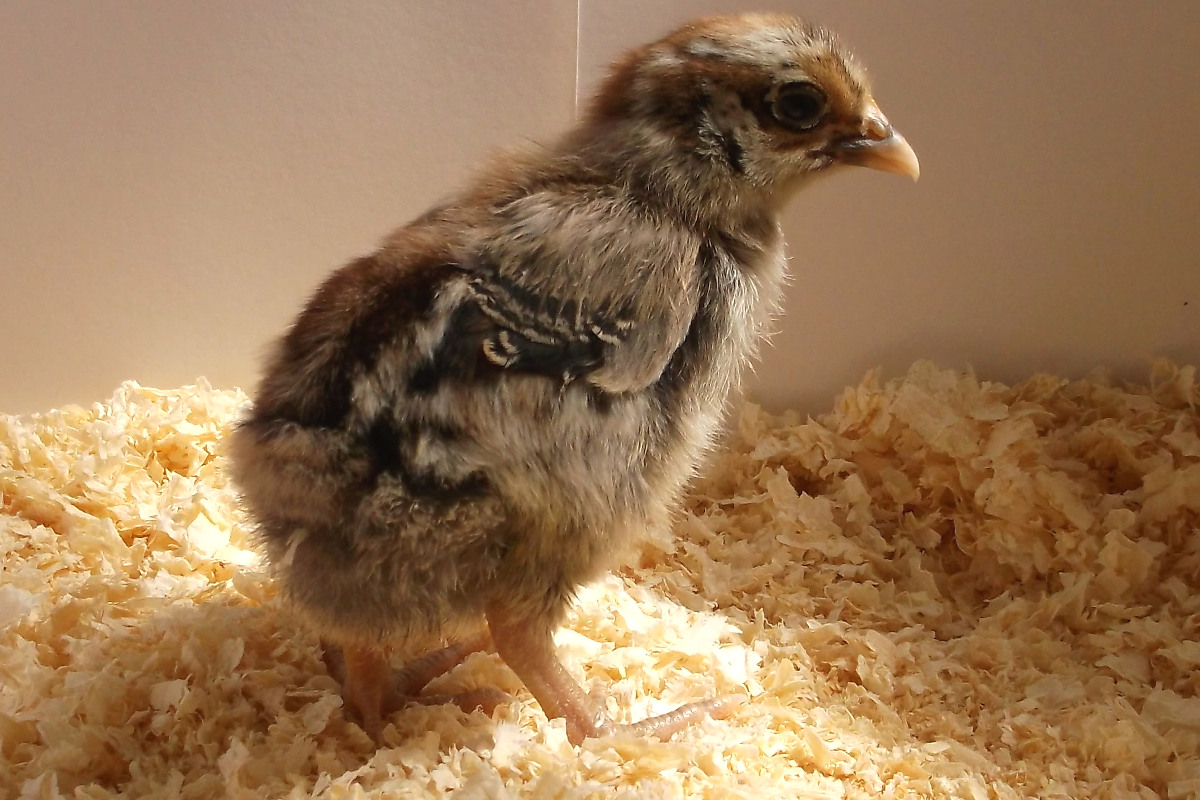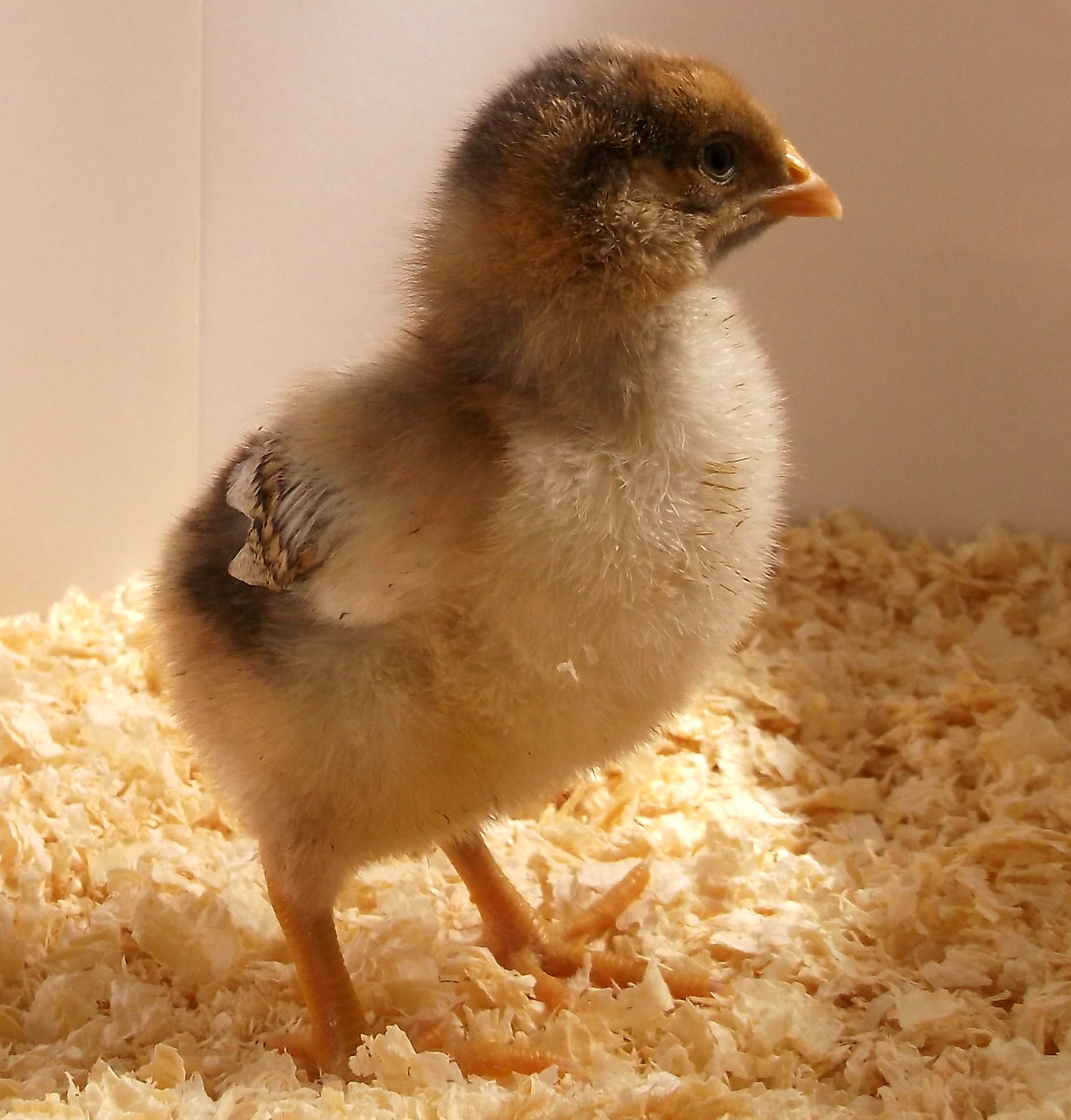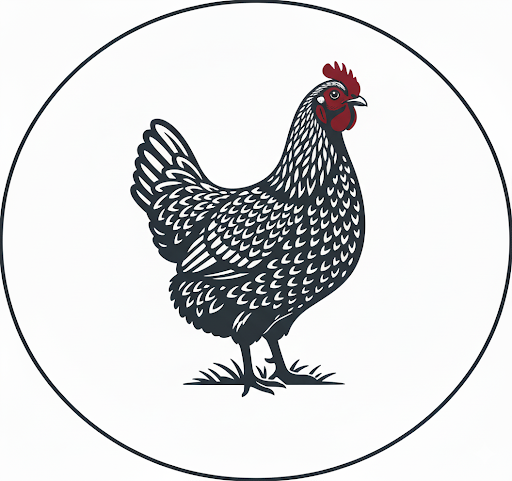Sexing Barnevelders

The Barnevelder is a breed whose chicks are difficult to sex accurately. Over the years I have raised thousands of Barnevelders and I still struggle to sex them.
Table of Contents
The best way is to wait for their secondary characteristics to begin to show. Never cull a chick based on a guess.
Below: Barnevelder chicks are variable in colour and pattern making sexing the a complicated task.
Methods for Sexing Barnevelder Chicks:
Ways you can accurately sex Barnevelder chicks:
- Vent sexing: This involves examining the newly hatched chick’s cloaca to determine its sex.
- DNA sexing: This involves genetically testing a sample to determine the gender of the bird.
- Behavioural sexing: This involves observing the chick’s behaviour and vocalisations to determine its sex.
- Comb and wattle sexing: This involves examining the chick’s comb and wattles to determine its sex.
- Auto-sexing Barnevelder chicks can be sexed by their head spot when they hatch.
- Some types of Barnevelder can be pattern sexed, the hens have a wide stripe down the head and back and the males have a narrow one.
Below: The colour of the breast is not an indication of the sex of a Barnevelder chick.

Visual Differences Between Male and Female Barnevelder Chicks:
Male and female Barnevelders have some visual differences that can help you sex them.
These differences include:
- The way the chicks feather up as they grow: The hens grow feathers a bit more quickly than the cockerels and the shoulder feathers and tail tufts show on the hens before they do on the males.
- Comb and wattle size: Male Barnevelder chicks have larger and more developed combs and wattles than females.
- Behaviour: Male Barnevelder chicks are more active and vocal than females.
- Legs: The legs in the male chicks grow longer and thicker than in the hens. Legs of the males tend to be bright yellow whereas the hens have a golden colour leg
- Wing panel colour: Male Barnevelders grow a solid colour panel on the wings while the hens remain patterned.
- Stance: The males are taller and more upright than the hens.
- Feather differences: The males grow pointed neck and hackle feathers whereas the hens feather remain rounded in shape.
Barnevelder chicks, like all other chicken breeds, go through several developmental stages before reaching maturity:
- The embryonic stage: This is the period from when the egg is laid to when it is hatched. During this period, it is impossible to sex the chicks.
- The brooding stage: This is the period from when the chicks are hatched to when they are ready to be moved to the coop. At this stage, sexing Barnevelder chicks is not easy.
- The growing stage: This is the period from when the chicks are moved to the coop to when they reach sexual maturity. Sexing Barnevelder chicks is easiest during this stage.
Barnevelders can not be feather sexed at day old nor is the colour of the down or breast an indication of the sex of the chick.
FAQs about Sexing Barnevelder Chicks:
Can Barnevelder chicks be sexed accurately? Yes, Barnevelder chicks can be sexed accurately with practice and patience, just not as quickly as you might like.
Below: The chick on the top left is likely a pullet because of the wide stripe down the back and the chick on the bottom left is likely a male.

What is the easiest method for sexing Barnevelder chicks? Vent sexing is the most accurate, the easiest method for sexing Barnevelder chicks is to wait for their secondary sexual characteristics to show..
When is the best time to sex Barnevelder chicks? Vent sexing is best done at day old otherwise you have to wait for the feathers to grow in and the secondary characteristics start to show.
